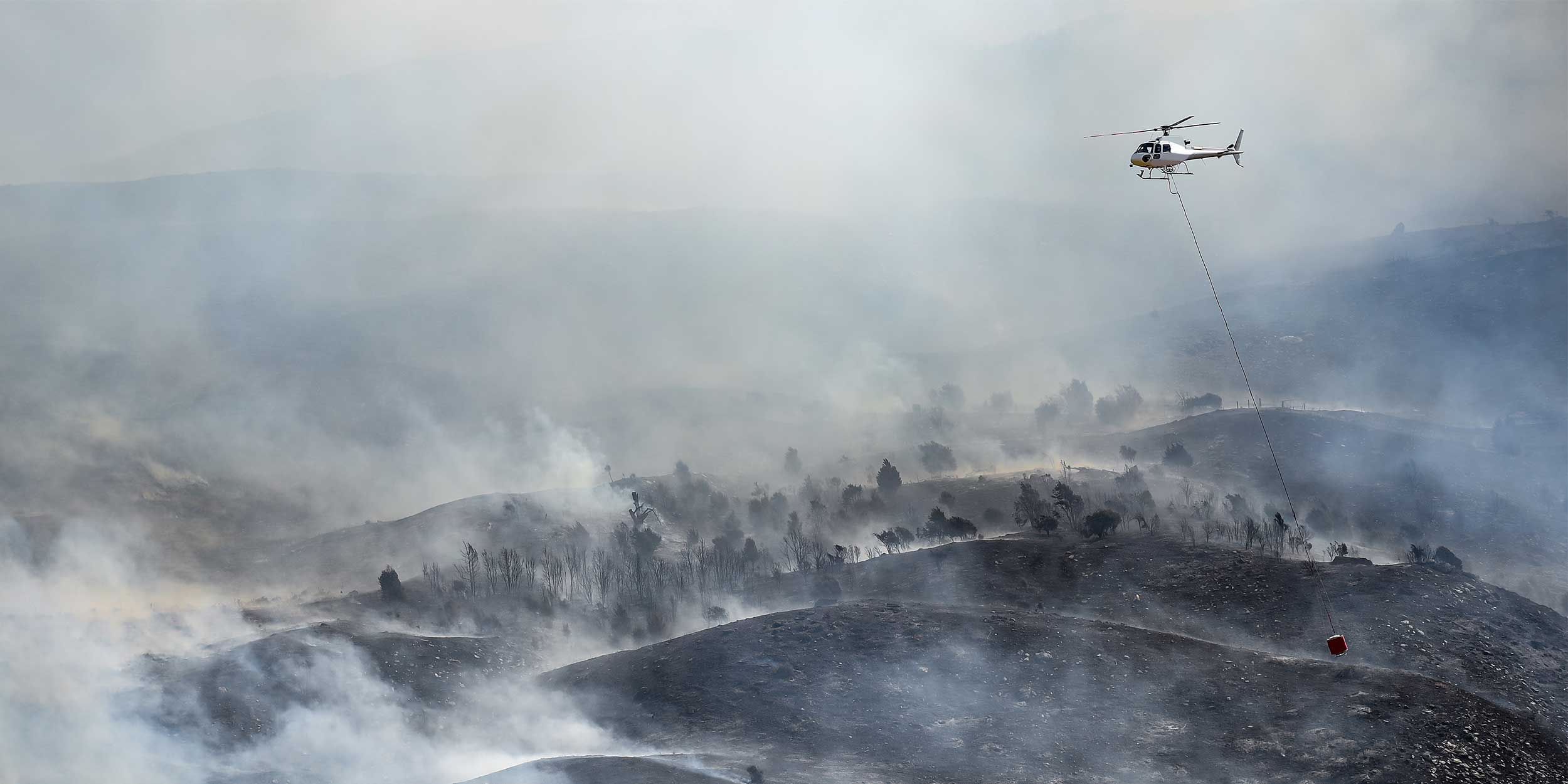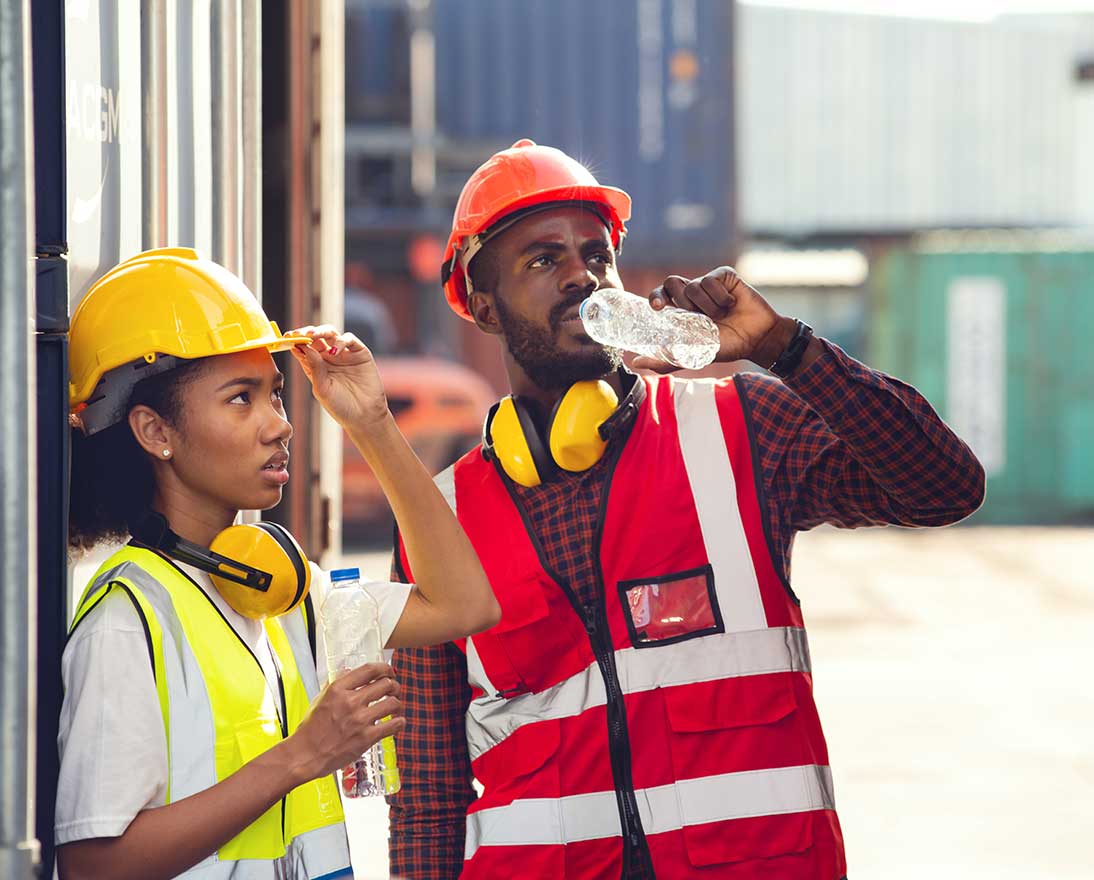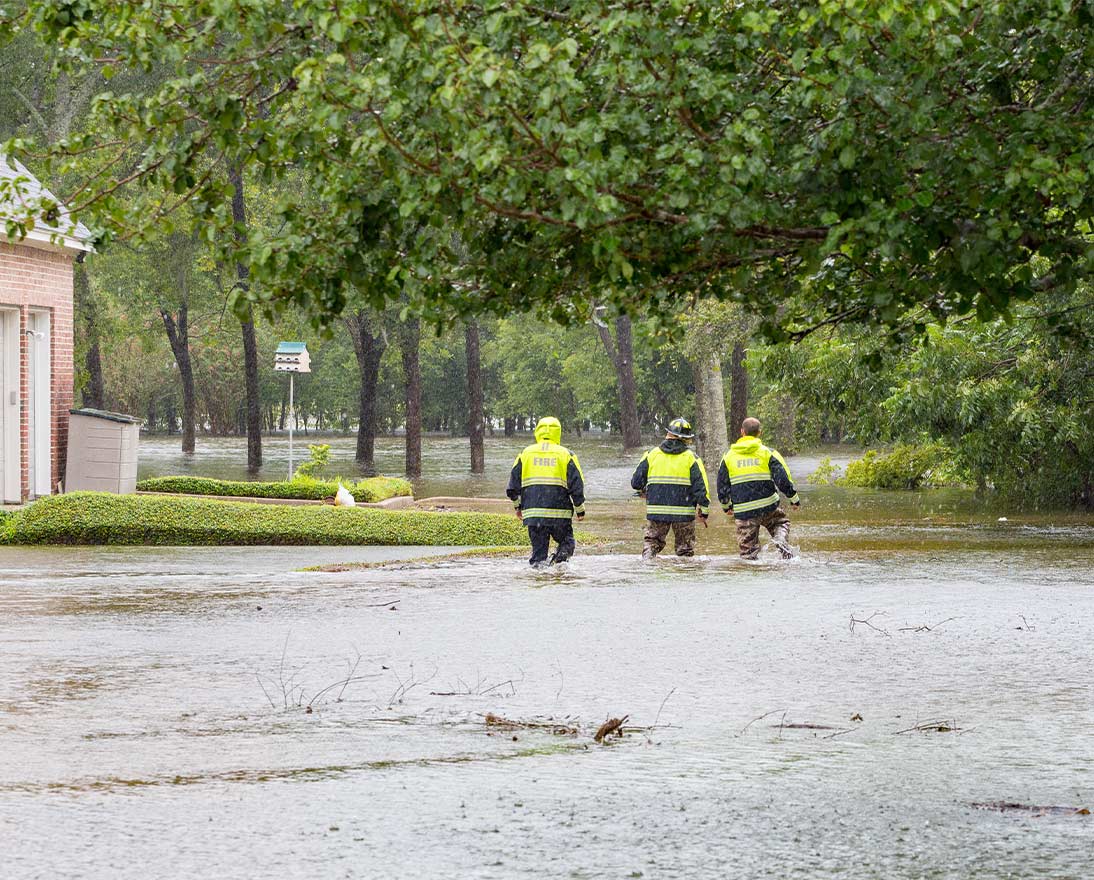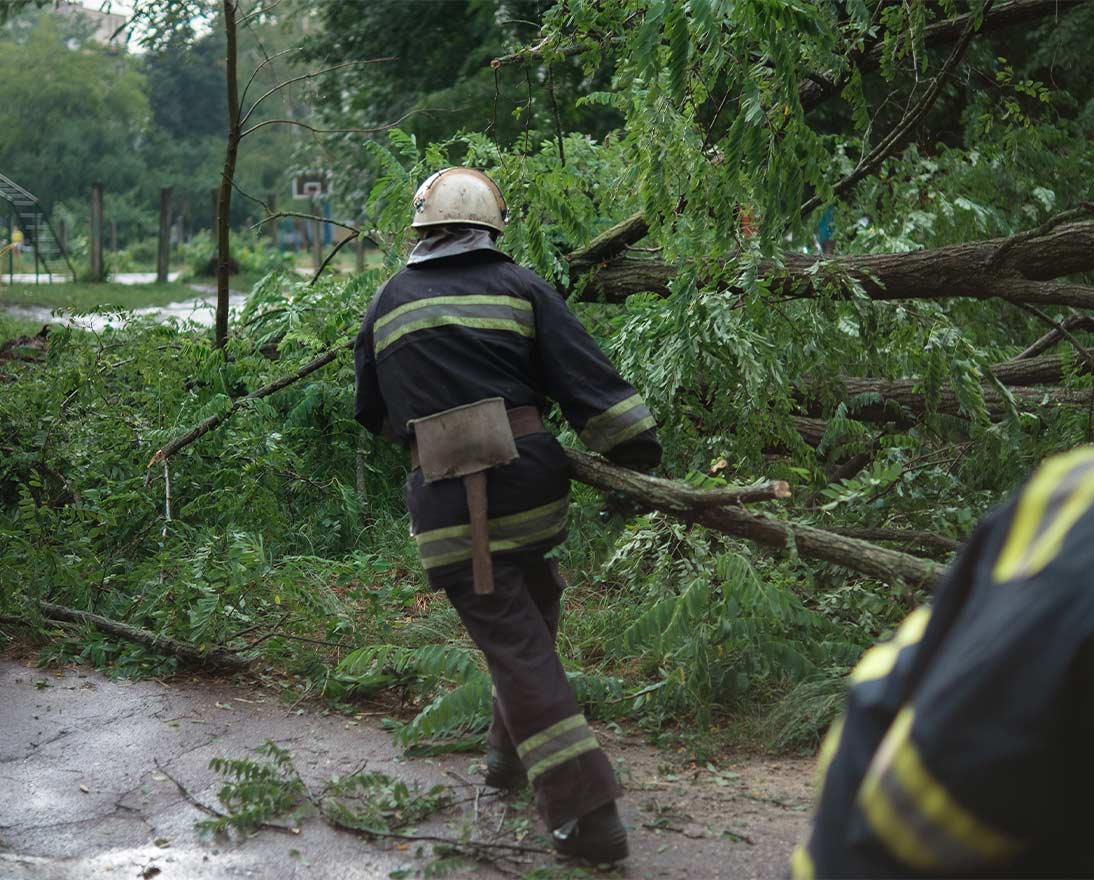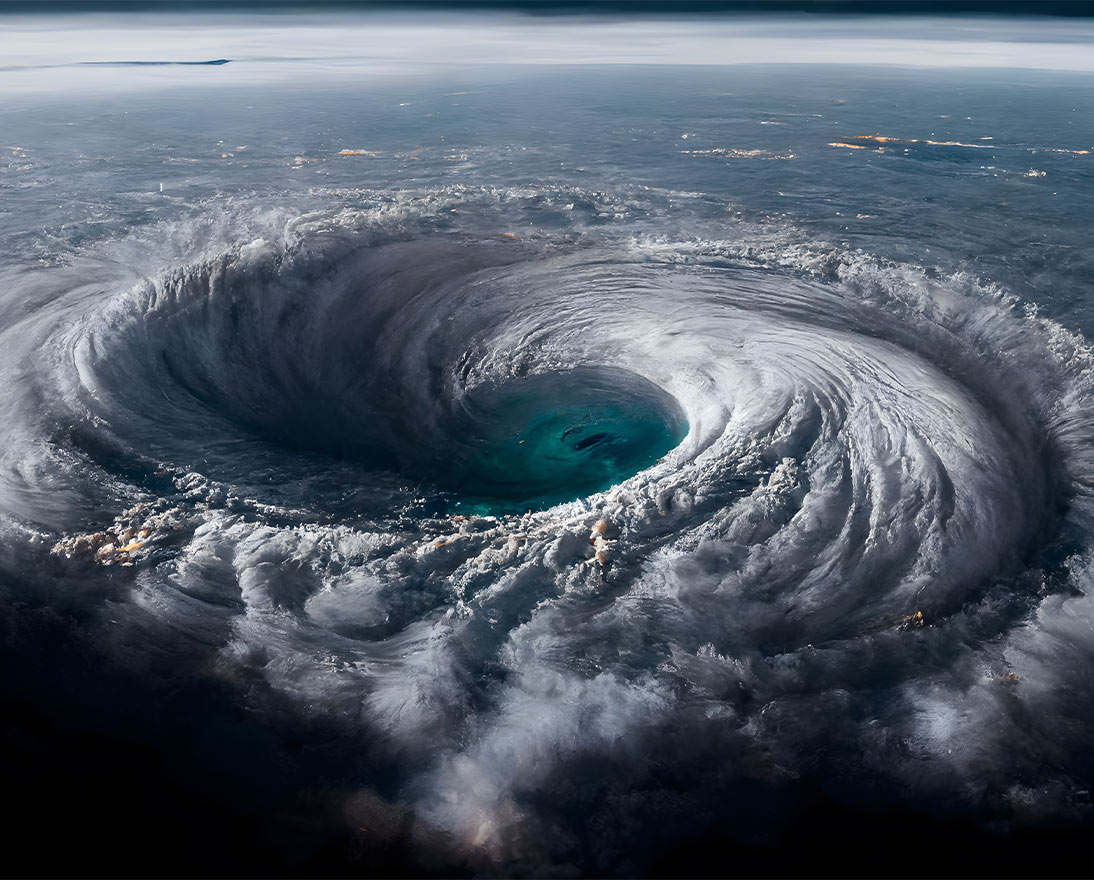Is climate change causing more extreme weather?
Natural hazardsArticleMay 3, 2024
Is global warming making natural hazards worse? Find out how hurricanes, floods, droughts and wildfires are being affected by climate change – and why hope lies on the horizon.
The world is heating up. Last year, 2023 registered the warmest year since global records began in 1850 at 1.18°C (2.12°F) above the 20th-century average of 13.9°C (57°F). According to scientists from NOAA’s National Centers for Environmental Information, this is 0.15°C (0.27°F) above the previous record set in 2016. In fact, the 10 warmest years since 1850 have all occurred during the last decade.
But is this change in climate causing more extreme weather events, such as hurricanes, floods, wildfires and heat waves?
According to the Intergovernmental Panel on Climate Change (IPCC) , “climate change is already affecting many weather and climate extremes in every region across the globe.” But it is difficult to gauge the precise impact of climate change on specific extreme weather events as John Scott, Head of Sustainability Risk for Zurich Insurance Group (Zurich), explains.
“It’s a complex task to disentangle the natural variations in extreme weather from the effects of climate change. While some climate change impacts are already obvious, such as retreating glaciers and sea level rise from melting land ice, the impact on today’s weather is harder to interpret,” Scott says.
Attributing extreme weather to climate change
Whether climate change has made an extreme weather event more likely or not is subject to a growing field of research known as climate attribution science. As a result of this research, meteorologists and climate scientists are beginning to understand how prolonged periods of heat and cold can be closely attributable to ongoing global warming. For instance, rising surface temperatures on land are connected to the likelihood and severity of droughts and wildfires in hot, arid regions.
But what about windstorms? Rising temperatures and warmer seas mean more water vapor evaporates into the atmosphere, providing fuel for hurricanes and torrential rain. A warmer and moister atmosphere – combined with warmer oceans – increases the impact of tropical cyclones, for instance, becoming more intense, producing more rainfall, affecting new areas, and becoming larger and longer-lived.
“We can see now from the empirical data that tropical cyclones are behaving differently,” adds Scott. “They are going further inland where they then become rainstorm and flooding events. They also dump a lot more rain on the land because they’ve picked up more water – due to global warming – while they’ve been over the ocean.”
According to Scott, these natural hazards should alert more people to the fact that global warming is not just causing a steady rise in average temperatures. “Most people don’t fully understand the impact of climate change,” Scott says. “They hear the phrase ‘global warming’ and think, ‘Oh, everything is just getting a bit warmer,’ but it’s more complex than that.
“There is evidence that the changing climate is influencing the behavior of the jet stream, which has the effect of localizing weather systems for weeks at a time, causing prolonged rainfall, drought, frost or heat,” explains Scott. “Most climate scientists agree that over time, climate change will exacerbate chaotic severe weather events.
“Tropical storms will likely become more impactful, with higher wind speeds and greater aerial extent,” adds Scott. “They are likely to change their typical paths and become extra tropical storms or rainstorm flooding events when they eventually hit land. However, the evidence for an increase in the number of tropical cyclones is not clear and no existing scientific theory predicts greater tropical cyclone frequency. Climate scientists are currently investigating promising studies of weaker disturbances that sometimes strengthen into cyclones, to gain greater insights into this aspect of severe weather systems.”
The need for climate resilience
Unfortunately, there is no quick fix for climate change. Even if the global community meets the 2015 Paris Agreement targets and restricts global warming to well below 2°C, and ideally to 1.5°C, communities will still feel the impact of climate change for decades to come. This means that while we tackle the causes of global warming, we also need to minimize its impact. This approach is known as climate resilience.
“When we talk about climate change, we define the risk it presents in three dimensions: hazard, exposure and controls,” says Amar Rahman, Global Head of Climate & Sustainability Solutions at Zurich Resilience Solutions.
“People usually focus on the hazard: there’s more rain, more wind, more heat,” Rahman explains. “But we develop models and scenarios to help them understand their exposure to those hazards, to identify their vulnerabilities or pain points. Finally, we assess the controls: what can you do to reduce and manage the impact of climate change right now? Climate resilience is about managing those three factors with the tools we have, and not waiting for new data or government regulation before you act. Because if you wait, it will be too late to develop solutions.”
One problem, one planet
When confronted by such a complex, long-term and wide-ranging crisis, it can be hard to know what to do and where to start. Severe flooding, heat waves or blazing wildfires can feel like irresistible forces of nature beyond our individual control. Rahman, however, argues that you can adopt climate resilience as a personal strategy too.
“The solution should not only be driven by governments, businesses and global organizations. It needs to also be spearheaded by us, as individuals, by changing our behavior as consumers and voters.”
One of the obstacles to reducing the impact of natural hazards is the sheer universality of the problem. Because global warming affects every continent, every country and indeed every person on the planet, it requires a truly coordinated global solution. This is hard to negotiate and achieve.
Scott, however, sees cause for optimism as not all global risks require global cooperation to reduce either their likelihood, or their impact. There are opportunities at a local or international level – through individual, collective or cross-border action – that can mitigate global risks.
“It turns out that many global risks can be, and are, addressed through intensely local actions,” Scott says. “Take flood resilience, for example. Actions can be taken locally with ‘hard’ flood defenses, such as flood barriers, or with ‘soft’ defenses, such as early warning systems to move vulnerable populations out of harm’s way.
“There is no silver bullet to global risk reduction,” adds Scott, “but a combination of these approaches can move the needle. There is hope for us all, but it is up to all of us to take action. Together we can make a difference.”
